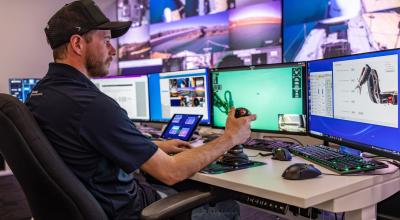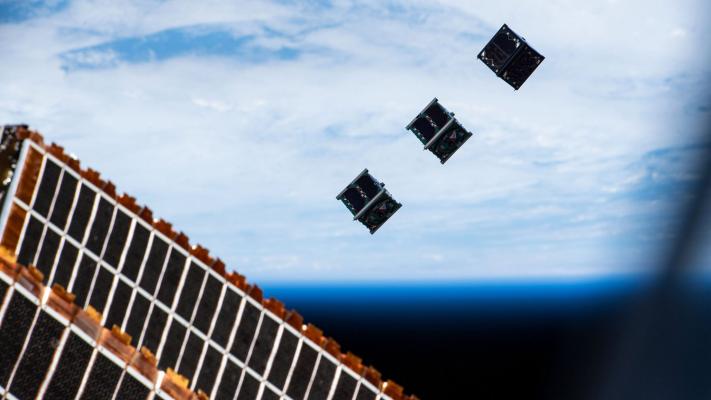Three locally built, small cost-effective satellites (CubeSats) carrying WA payloads set for space – has docked at the International Space Station.
The Binar 2, 3 and 4 CubeSats were launched on a SpaceX Falcon 9 rocket from NASA’s Kennedy Space Centre in Cape Canaveral, Florida on Sunday 4 August.
The CubeSats – which are typically designed for science, technology and research missions – are carrying instrumentation from Australia’s national science agency, CSIRO, as well as Perth-based communications systems company AVI.
AVI has sent transmitters to be tested in the space environment. CSIRO is testing how new materials can protect electronics against radiation.
The CubeSats will orbit Earth approximately every 90 minutes for 6-12 months. They’ll be in low earth orbit, around 400 kilometres above the surface of our planet.
This occasion marks the first time a business based in WA has sent its goods into space, or any WA payload has left the Earth’s atmosphere.
“Seeing the launch of three world-class spacecraft, designed and built right here by Curtin students and staff and carrying WA industry payloads is mind-blowing,”
~ Binar principal investigator and John Curtin Distinguished professor Phil Bland said.
“The launch of Binar 2, 3 and 4 is the next big step for WA’s journey into space.”
The Binar 2, 3 and 4 launch milestone has been supported by the WA State Government, Curtin University and industry partners.
Curtin University’s Space Science and Technology Centre, within the School of Earth and Planetary Sciences, has been running the “Binar” (BIN-ah is the Noongar word for “fireball”) program for several years.
The first WA made spacecraft, Binar 1, launched in 2021, and the overall program has been instrumental in establishing WA’s space sector.

Industry showcase
Learn about Australia’s unique, cutting-edge space technologies

